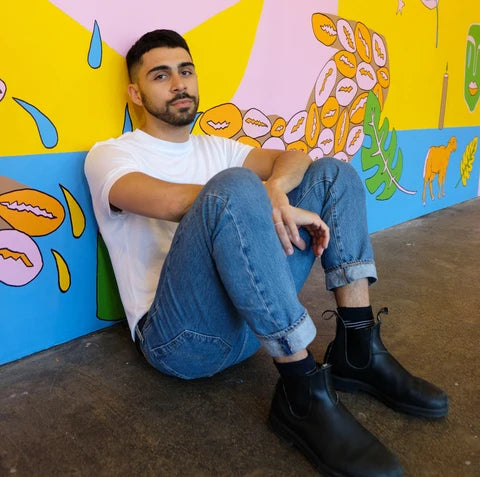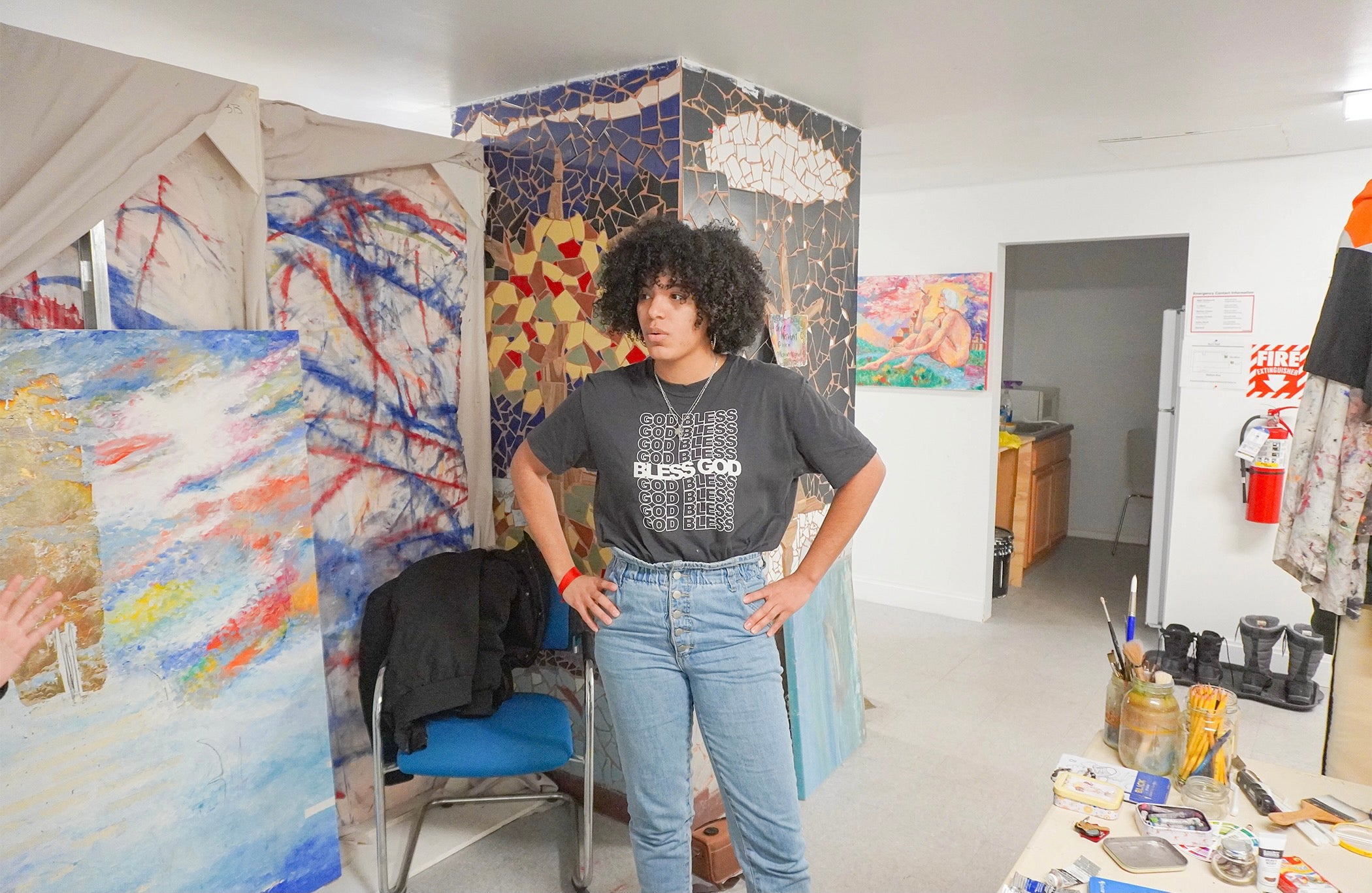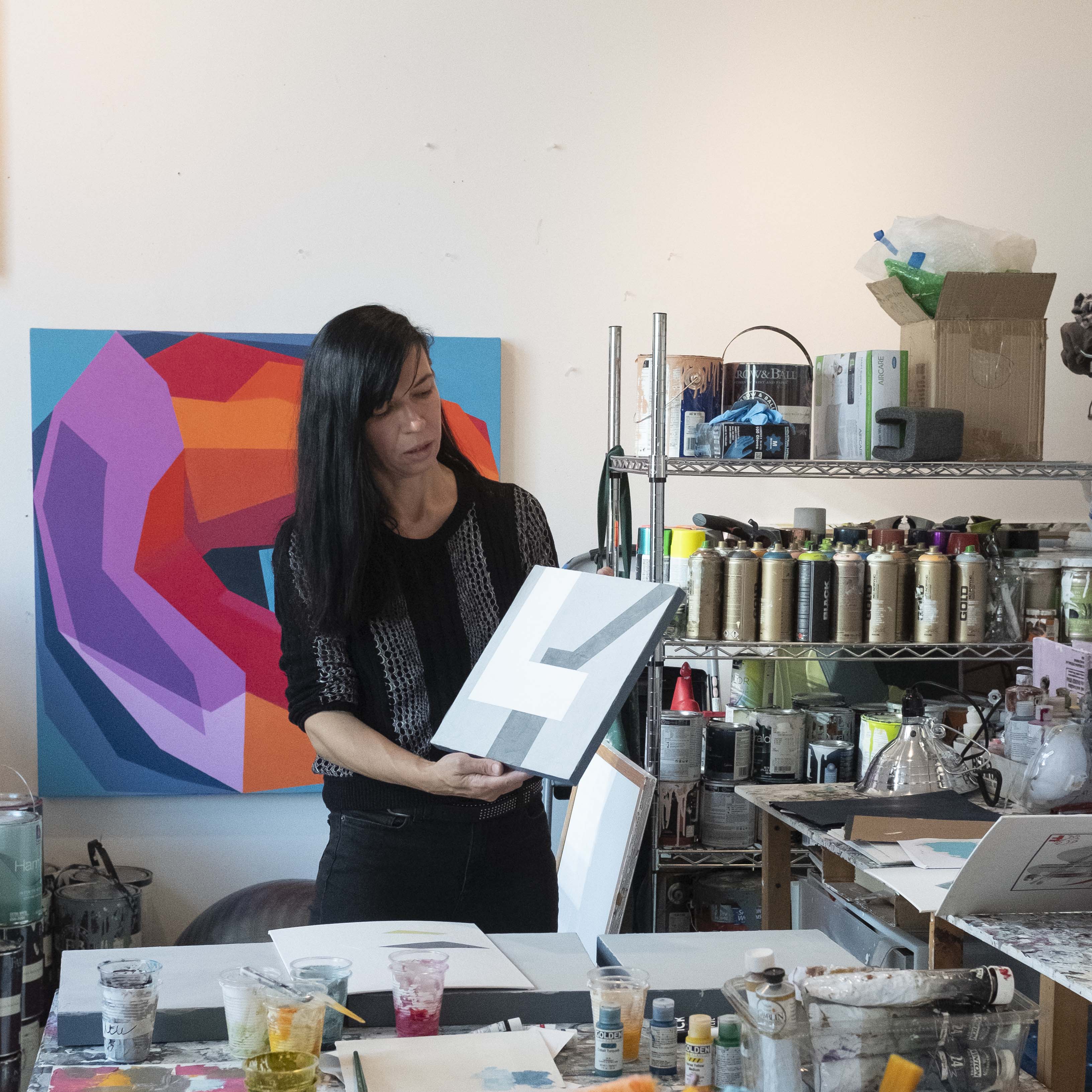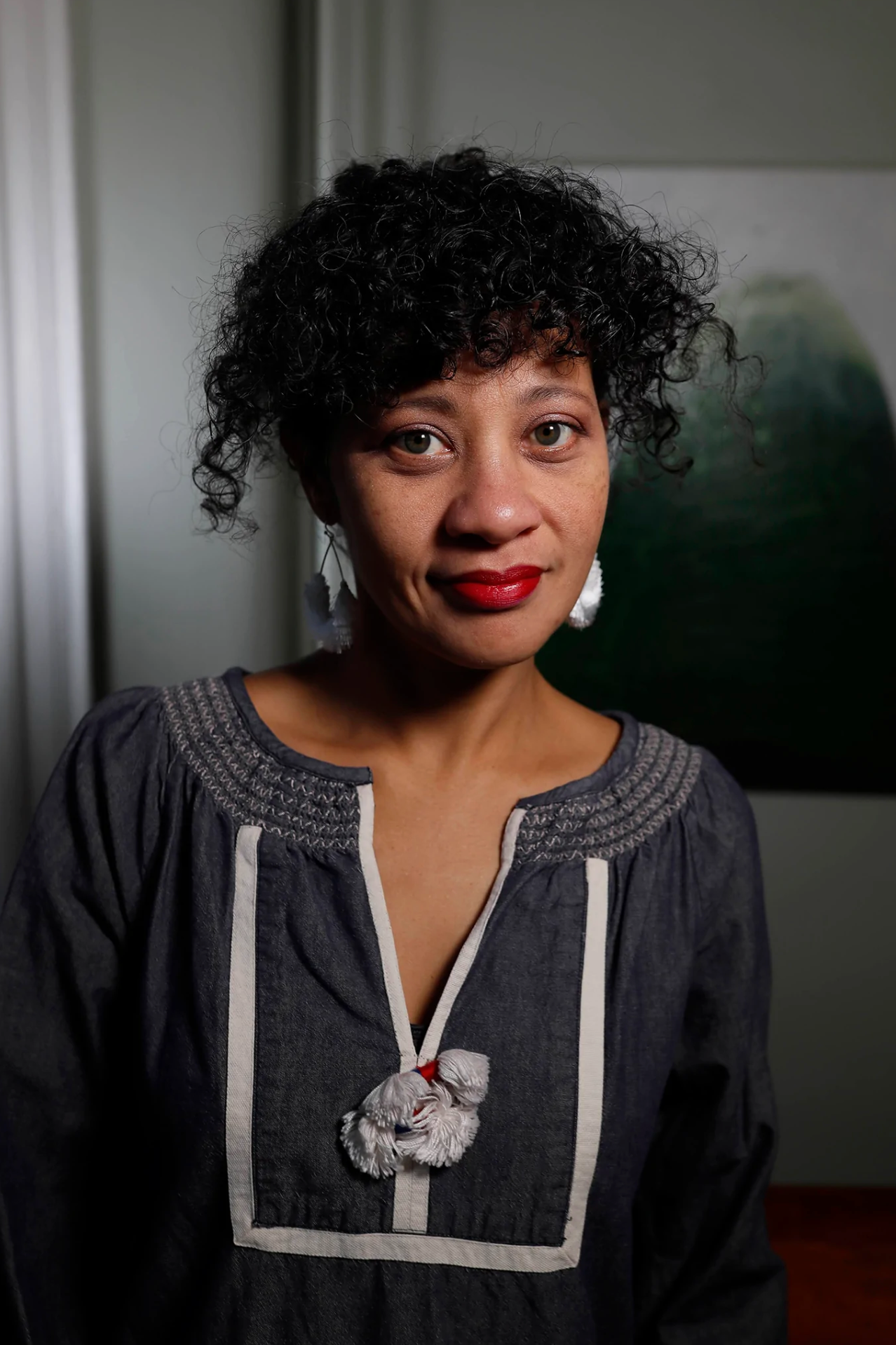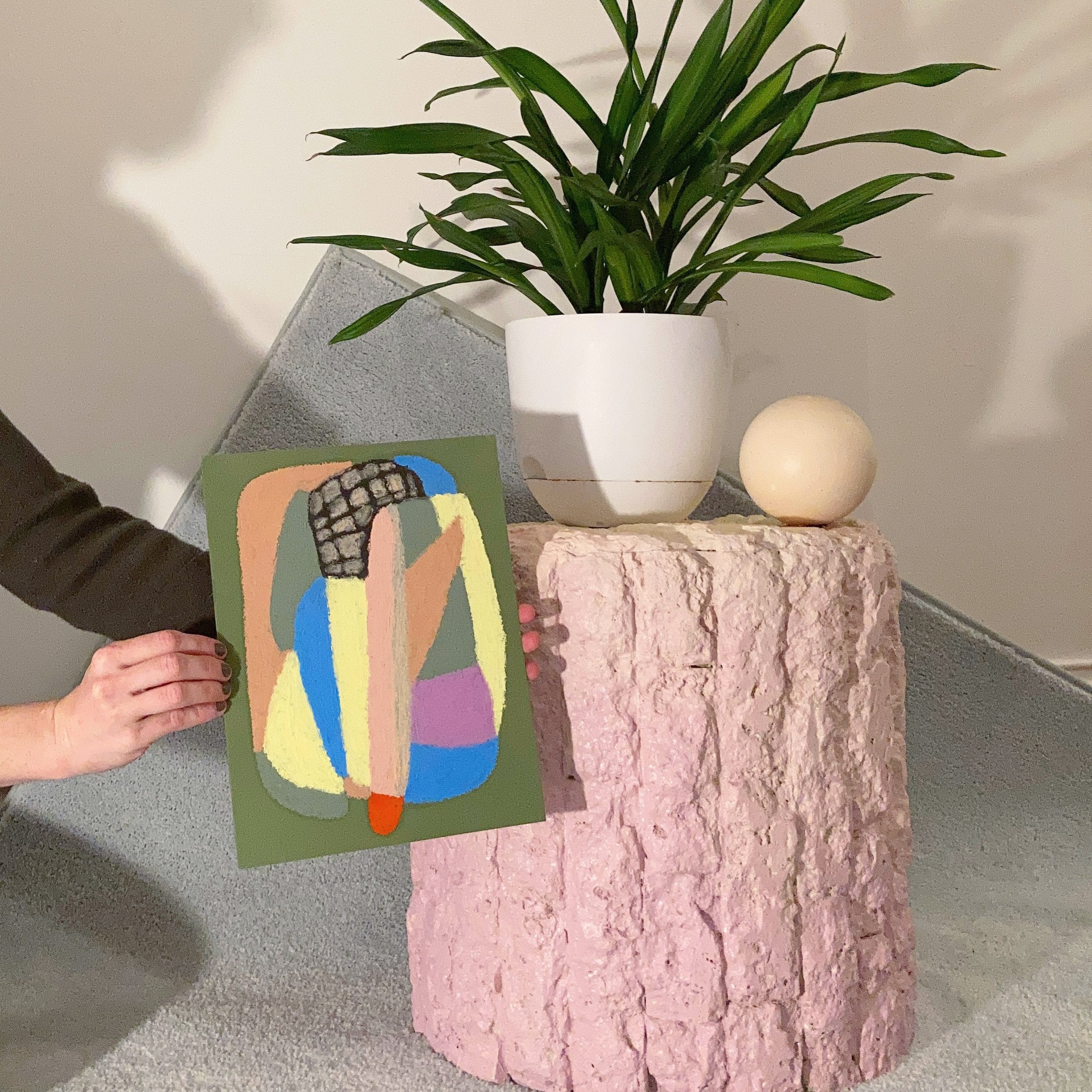No Products in the Cart
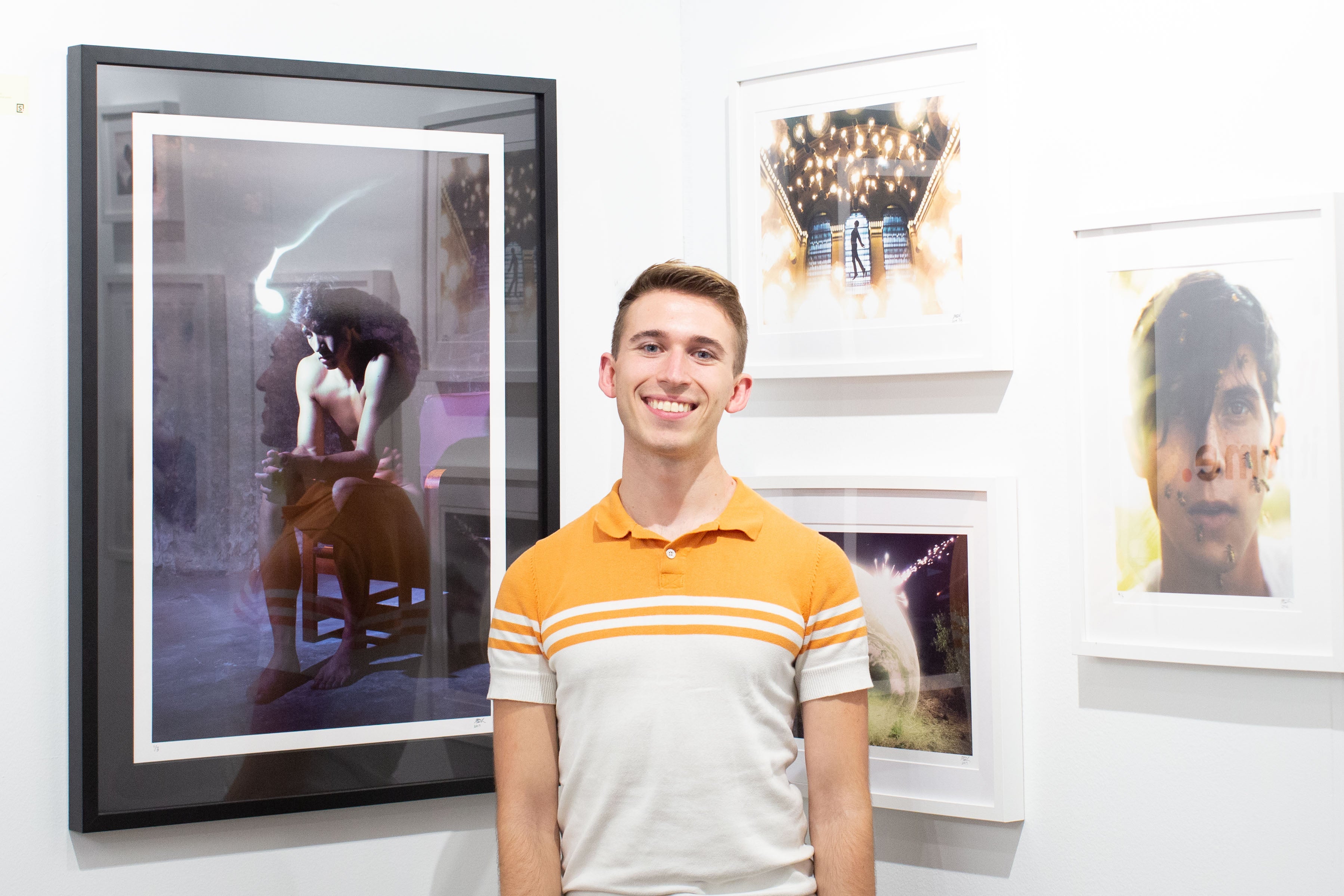
MEET JAMES MIILLE, FOUNDER OF SUPERFINE! ART FAIR

What's more rewarding than meeting likeminded people in the art world? After hearing about Superfine! Art Fair (what a cool name, by the way) and its mission to "give artists and curators economic power", we were exclaiming: "that's US!!"
Founder and managing partner of Superfine!, James Miille represents a new generation of tastemakers in the art world who ponder - and take action - on how we can give artists power over their own presentation.
Also check out Superfine!'s webinar that we guest-starred in
Q. Hi James! Could you briefly introduce yourself, and where you are at the moment?
Hi my name is James Miille. (pronounced Mil- Lee :))
I’m the cofounder and managing partner of Superfine! Art Fair. I’m currently in DUMBO, Brooklyn.

Q. What immediately jumped out to me about Superfine is the mission to break down the barrier towards becoming a collector - which I think always has been not only about financial ability but the preconception that it’s a privilege. What stood out to you about Curina the most?
We’re always excited to partner or connect with other organizations that have the mindset of trying to make art more accessible. For instance, one organization we work with is Art Money that lets people spread out payment over ten months. So I looked at Curina and it made sense to me because offering art to people to try out before they commit is a great way to make it accessible for people to have it in their home.

Q. You started out as a photographer. What was the transition from an artist to curator and entrepreneur like? What are areas of cross-pollination?
There’s definitely a lot of cross-pollination.
My partner Alex comes from more of an entrepreneurial background. And we were starting to work together more loosely, not just as business partners but as boyfriends. Alex was putting up pop up events in New York and transitioning into the art world - at the same time, we were navigating my art career and selling my art. Then as we were doing that, we saw a lot of common tropes of the art world, a lot of mistakes - being inaccessible for people. We then decided to start Superfine.
LGBTQ+ Inclusivity
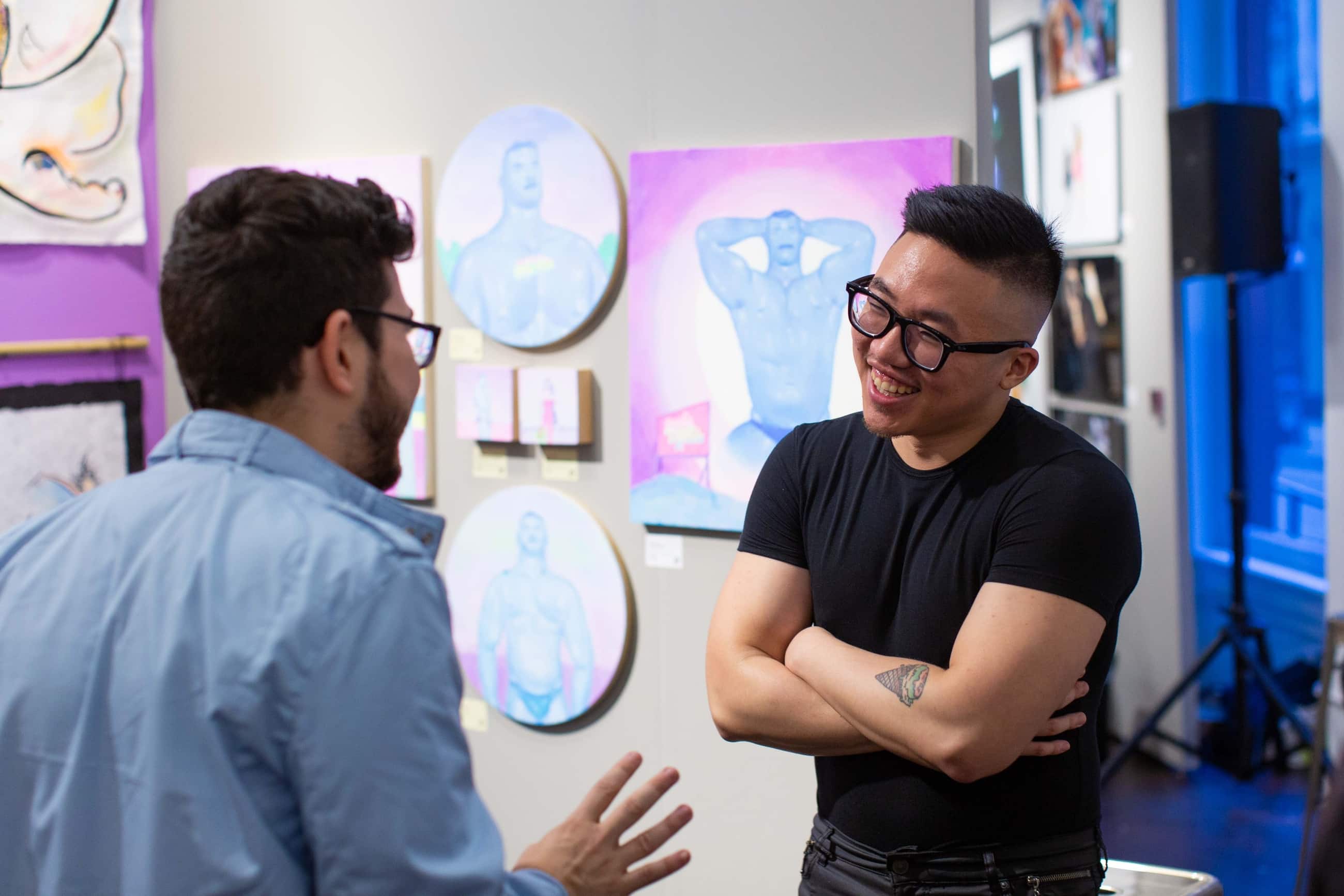
Q. In addition to discovering and giving voice to LGBTQ+ artists, how can curators support them via specific manners of presentation? For example, I’m seeing more gallery websites adding pronouns to artist bios.
I think the best place to start is just communicating with the artist.
If the person we want to celebrate identifies as LGBTQ or a person of color or a woman artist, we want to be highlighting that but also don’t want to be making their art all about that. Asking what they care about and giving them any kind of platform to say what they care about beyond themselves is a great place to go.
And for artists exhibiting in the fair physically, we usually offer custom vinyl in their booth that tells stories about their art more than just “hey here’s their art”. I think it’s about giving context to art and letting people appreciate it.

Q. That’s actually exactly what we’re trying to do with not using traditional formats of artist bios that are just about which school they went to and where they exhibited.
Exactly. Over 75% of visitors who come to Superfine say that their favorite aspect is meeting artists, learning their stories and buying directly from them. So we discovered that artists not leading with “oh I have such and such MFA etc”, and being more about the process behind their work stand out better.
Q. Have you faced any challenges as a LGBTQ entrepreneur? (Mio, our founder, gets asked this question a lot as a female/Asian entrepreneur) Do you get annoyed being asked this question?
I get the question quite a bit; it’s a story that people latch onto.
I wouldn’t say annoyed, but one of the challenges I face is that Alex and I are both heads of Superfine who share responsibilities. But being a couple, like in relationships in general, people ask who’s in charge. People sometimes assume that because Alex is older, he is primarily in charge. That’s the main challenge, to be presumed to just be the “younger boyfriend’.

Q. When we talk about social issues, sometimes art organizations that take a more academic approach (research groups, museums, nonprofits) are given more authority than others. What are unique contributions that the world of entrepreneurship and collecting can make to the conversation?
As an artist you have to look at your goals at creating works. While one route artists can go ot is pursuing the approval of galleries, museums, and critics, nowadays the trend is for artists to have control over their own career. I think it’s the same for a lot of industries - say you’re an actor and you want a part. If you’re waiting on a manager or agent, that person is going to have several other clients so you’re not their biggest priority.
I think not waiting for that (approval) to be the next step of your career, you can achieve your goals as soon as you want them to and focus on the outcomes you want. At the end of the day, you should be the one steering your own cart.
Superfine! E-Fair
You can check out the virtual exhibitions and participating artists on their website

Q. Can you give me a quick run-down of how you conceived of the idea of an e-fair in collaboration with Art Money and Exhibbit?
We’ve been working with Art Money for a few years now, whereas Exhibbit was a company I’d heard of in passing but I never worked with them before.
An E-fair is also something we had around for several years. Usually when we have a physical fair, we also release an E-fair designed for anyone who can’t make it to the fair or for people who want to see the art again to make a final decision. Now that we had to postpone the New York art fair till 2021, we wanted to host an E fair again to make a more immersive experience. So that it wouldn’t be a replacement of a physical fair but a more complete experience. Working with both of the companies has been amazing.
I also think it’s an answer to concerns about buying art online. Normally if you see a piece online it may look great, but if you have no context of size and so on, it’s hard to decide and commit to it - especially when it’s several thousand dollars.

Q. How did you come up with the three themes for this year’s E-Fair: Women Artists, Surrealism, and LGBTQ+ Artists?
It was a combination of personal interests and what we generally gravitate towards in buying art. But more importantly, we looked at trends we were already seeing with our fair. Every edition of our art fair has already been over 60% female artists, something we’re really happy about. It’s not that we’re only reaching out to female artists, it’s just that Superfine is accessible and approachable, which makes it easier for these groups often overlooked by the art world as a whole.
We already had a lot of LGBTQ artists too, and with my partner and I being one of the only gay couples owning an art fair, we thought that made perfect sense.
For Surrealism - my partner and I love Surrealist art, and it’s one of the most popular genres of art that people buy at Superfine.

Q. Do you think the nature of online presentation predicates different kinds of artworks? In other words, will the medium change what kind of works are produced and selected - the same way Instagram brought with it its own “aesthetic”?
What we’re doing with Exhibbit is trying to counter that. There’s definitely some art media that look better online. For instance photography and collage look great. More textural works can be challenging.
There is a tendency for artists to create works that look really good online - I totally know what you’re talking about - I think that’s how Superfine stands out, by not really giving into simpler trends. We have more stories than what is instantly gratifying.
Q. How do you think an exhibition can differentiate itself from others in a virtual setting?
What I’ve told exhibiting artists is to treat it like a real exhibition. he exhibition itself is not going to do all the work for you - so putting in the effort to promote and market it as with any real exhibition is key. Especially because right now there is no option for a physical exhibition. Invite your collectors, invite anyone that you would normally, make it as big as a literal event as you would otherwise.
In terms of curating and presenting, I think it goes back to what I recommend artists to do in person. It can feel tempting to overhang on the wall because you have the space. But resisting that temptation and focusing on having a layout and presentation that captures the eye from one piece to the next.
Going Forward

Q. You have expanded over the years to Miami, New York, D.C, and LA right?
We don’t do Miami anymore, that’s where we started. Right now we’re in NY, D.C, LA and San Francisco. We’re expanding to Seattle and Chicago next year.
Q. That’s a lot of cities! I don’t think there are any other art fairs that do five cities?
I don’t think so! We’re the largest art fair in the United States that’s geared towards independent artists. We have galleries *and* individuals but mostly independent artists showing their own works.
Q. Is there such a thing as a city aesthetic?
Everyone who lives in those cities thinks there’s a look - LA buys pop art, Washington D.C is abstract etc. You see those trends a little bit but it’s so globalized that everyone is interested in similar styles of art. It’s kind of like music where you may have genres that bubble up and originate in cities but also everyone is hearing the same music all over the world.
Q. What do you want to have achieved 5 years from now?
For Superfine, in 5 years I would like to be in 15 cities. I’d love for it to be making it where everyone buys art. 15 might even be too low. I want Superfine to be something everyone knows about and something that encourages everyone to buy art.
Q. Would you consider branching out internationally too?
Yes, we are thinking by 2022 to Australia, Hong Kong, and Toronto as a start.
For myself personally, I’d like to be doing more of what I’m currently doing in an actualized way! I’m learning piano and Japanese, I’d like to become fully fluent. With my own art career, I’d love to be recognized on a broader scale!



